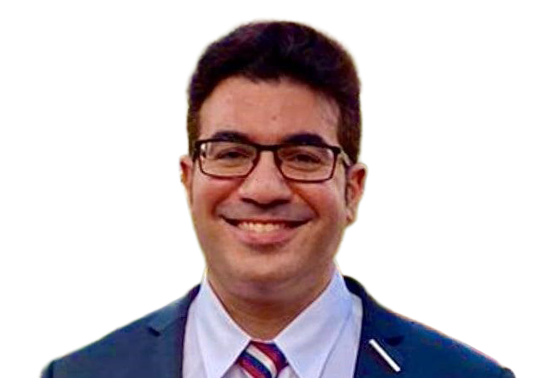Since its establishment, the State of Israel has maintained a close relationship with the United States, which is sometimes also defined as “special relations”. Over the years, this relationship was founded on shared values, interests and ideas and were usually expressed in a high level of trust and cooperation. The solid foundation on which the relationship between the two countries was built allowed them to be preserved even when disagreements between the governments were revealed. First and foremost, this was helped by the understanding in the United States that the two countries share common values of freedom, democracy, protection of civil rights, and more.
With the understanding that the United States is the most important world-shaping factor and a major influence on Israel’s national security, the Institute for National Security Studies (INSS) conducts a dedicated research field that deals with understanding the changes in the American arena, including American policy vis-à-vis the Middle East in general and Israel in particular, analyzing the consequences of the trends and transformations on the special relationship between the countries and on Israel’s national security, and in formulating policy recommendations on the subject for the decision makers in Israel.
The research field focuses, among other things, on the following key research questions and their direct or indirect impact on relations with Israel:
● The in-depth trends in the USA with an emphasis on demography, population, social and economic issues, including the trend of political polarization.
● US policy in the international arena, competition between the great powers and the power struggles surrounding the world order.
● US policy in the Middle East with an emphasis on Iran, the political process vis-à-vis the Palestinians, relations between Israel and the Arab world, and other issues.
● The deep trends in the American Jewish community, its position in American society and its relationship with Israel.











